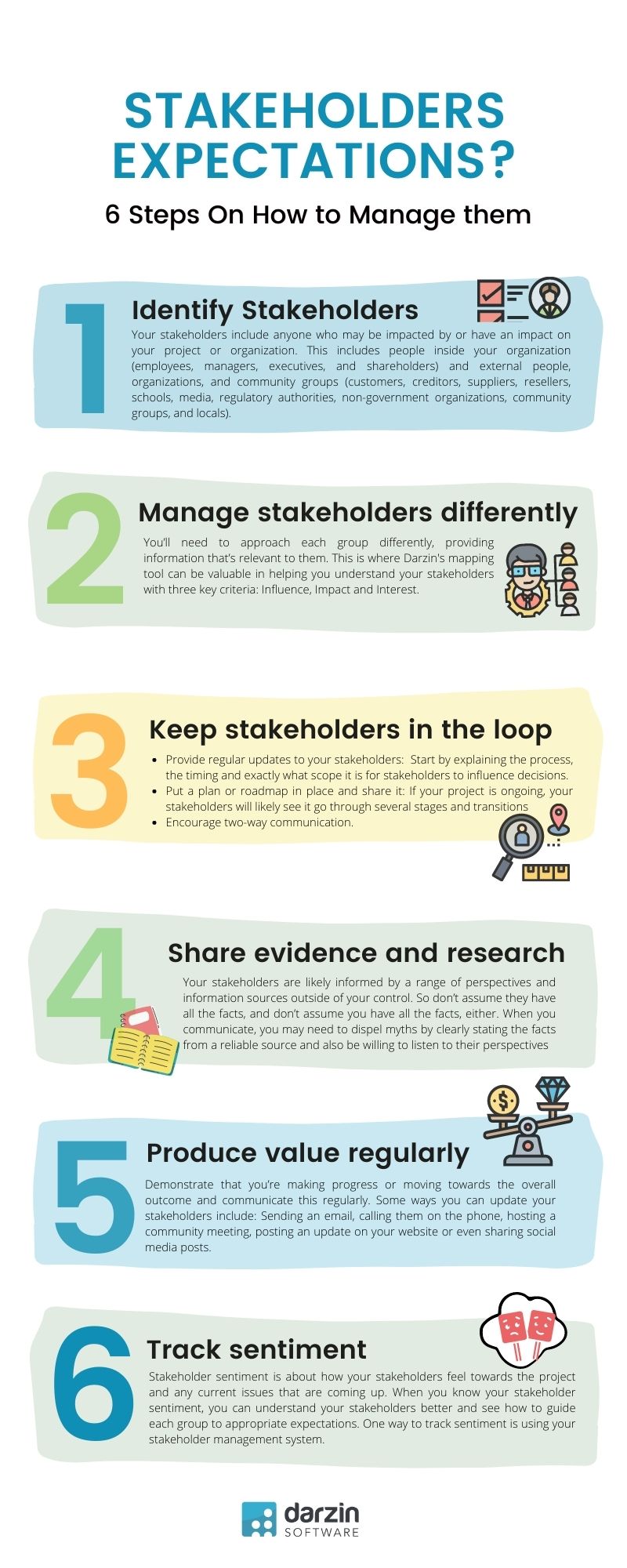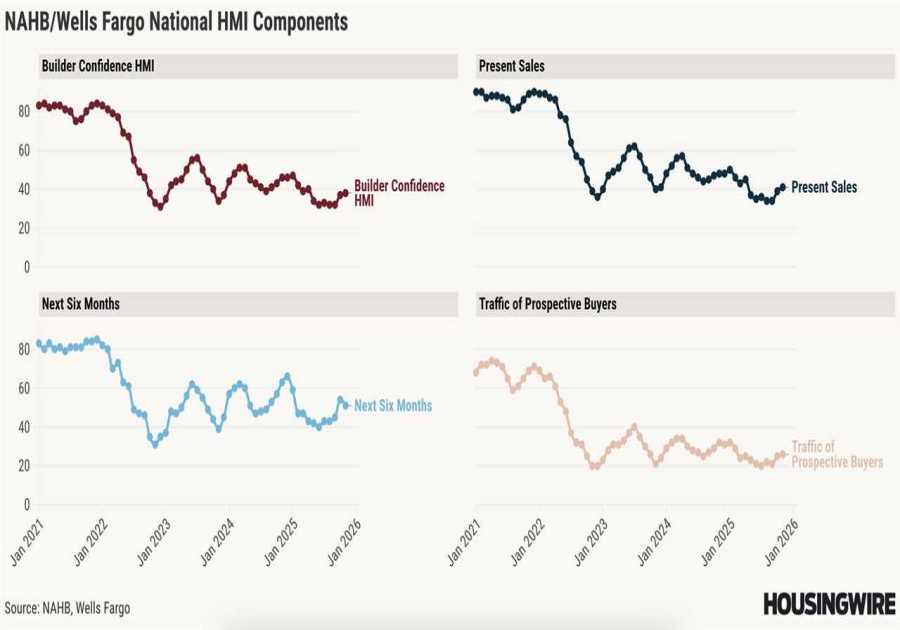The key to a successful stakeholder engagement or public consultation program is to start with a good understanding of your stakeholders. Here are some tips to guide you during the process.
5 Steps to Managing Stakeholders
1. Stakeholder Identification
The first step is to identify your stakeholders. Make a list of any organisations or people who could be impacted by or have an impact on the project, or who you are required by law to consult.
2. Stakeholder Analysis
You could evaluate your stakeholders using:
- Sentiment: How might each stakeholder or group feel (positive, negative, or neutral) about the project?
- Influence: How much power may each organisation or stakeholder have over the project?
- Impact: What possible effects might the initiative have on each stakeholder or group?
- What level of interest do they have in this project or work?
- Concerns: What are their top priorities and needs?
- Expectations: To what extent would they anticipate participating? And what type of participation or consultation procedure can they anticipate from you?
You can find themes and priority areas to address in your stakeholder management plan by mapping this information to each stakeholder on your list.
Learn more about Stakeholder Analysis by reading this guide
3. Stakeholder Management Plan
You can decide what strategy to use with each stakeholder or group after conducting a stakeholder analysis. It might contain:
- When and how you intend to interact with them
- What messages you need to communicate with them,
- And what you need their input on
You must also describe any resources you require, the desired results, and the method through which you will measure the effectiveness of your strategy.
Make sure that any decision-makers are aware of the stakeholder management process and how it might help the project by using your written strategy to direct your team.
In this ebook, you’ll find practical how-tos and templates to create your stakeholder management plan. Once you are ready you can also use this interactive tool that will help you draft a plan in just 15 minutes!
4. Feedback, Participation & Communication
Now is the time to implement your plan, connect with your stakeholders and give them the opportunity to offer input and engage.
Keep a record of all talks with stakeholders, both online and in person, in one location so that you and your team can expand on ideas, fortifying bonds, and interact with people more deeply.
Instead of using spreadsheets, you can manage, track, analyse, and report on your stakeholders much more easily by switching to stakeholder engagement software.
5. Analyze & Reflect
As you gather feedback from various stakeholders, you’ll need to compile the information and make recommendations, making sure they play a significant role in the decision-making process. Additionally, you must notify all relevant parties about the project and how decisions are affected by their input.
Consider your plan’s effectiveness and whether you’re reaching the goals you set for the project as a whole.

Want to learn more about how we can help you with your stakeholder management? Book a demo here
The post Stakeholder Management Essentials appeared first on Darzin Stakeholder Management App.
------------Read More
By: Belen
Title: Stakeholder Management Essentials
Sourced From: www.darzin.com/planning-case-studies/stakeholder-management-essentials/
Published Date: Tue, 15 Nov 2022 05:43:07 +0000
.png)





